Shatranj - Chess from Persia
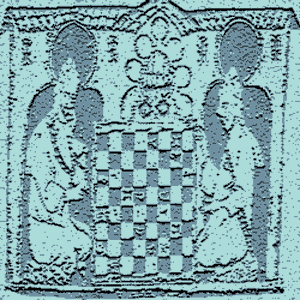
Shatranj
This game is the evolutionary step between Chaturanga and our game. The pieces are the same as Western Chess although some of the movements are different. There were also a number of others changed to form the rules of Western Chess. It's a slower game as the pieces are not quite as powerful.
There is also a substantial history of literature on the game dating back to it's heyday. Many books have been written on strategy and there is a wealth of Shantraj problems composed by masters of that age. You can now upload myths and legends on this variant.
History
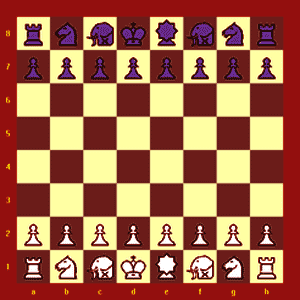
Discover the rich history of Shatranj
There were five classes of players to measure strength. Aliyat (Grandees) who were the elite masters. Mutaqaribat (Proximes) who could win 2-4 games out of 10 against Grandees with odds of a pawn. Third class - players who received odds of a Fers (Counselor) from a Grandee. Fourth class - received odds of a Knight. Fifth class - received odds of a Rook.
The most famous Aliyat players from this era were Abun-Naam, Rabrab, Jabir al-Kufi, Al-Adli, Ar-Razi, As-Suli and Al-Lajlaj. Among these Rabrab, Ar-Razi and As-Suli were thought to be the strongest.
Rules
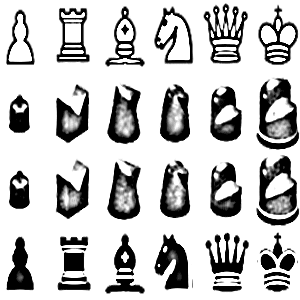
The European Bishop replaced the Persian Elephant
The pawns move as ours do except they cannot move two squares initially. There is no en passant capture in Shatranj. Pawns promote only to Fers. Their Rook (Ruhk) move the same as ours as does their Knight (called a Horse or Taras).
This game has a piece called 'Alfil' instead of a Bishop. It moves two diagonal squares in any direction, never one. It has the ability to leap like a Knight. They have a Fers (Counselor) instead of a Queen which can move one square diagonally in any direction.
They did not have castling. Stalemate was a win for the player delivering it. You could also win by baring your opponent's King (capturing all of his other pieces). If he could bare your King on the very next move he would claim a draw.
Strategy
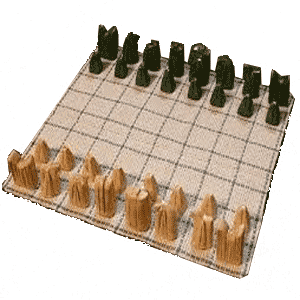
The openings are slow but the momentum gradually builds
Players would typically play for a specific opening position early on without engaging their opponent's pieces. They would completely ignore each others moves as there would be no attack before the pre-ordained moves had been played. These opening positions were called tabbiyya meaning battle array. From that point the two sides would enter into combat.
Shantraj problems called mansubat (singular: mansuba) provide good training for tactics and strategy. The endgame problems that contain Rooks and Knights are relevant to Western Chess today. Incredible to think they were composed over 1,000 years ago.
Play
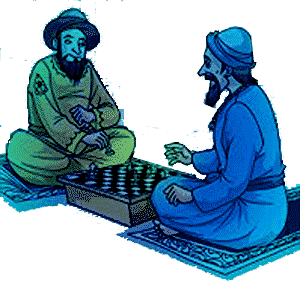
Play
Shatranj is actually the form of chess that reached Europe and was played in Europe for many centuries. It was only in 15th Century that Isabella of Spain introduced a number of rule changes to transform Shatranj into the modern Western Chess that we know and love today.
Although the chances of playing against other people online still seems elusive, you can still play the game online. You can play a computerized opponent on Pathguy.
Do You Have a Shatranj Tale from the Persian Gulf?
Shatranj is a direct ancestor of Western chess. There are many myths and legends associated with the Persian variant. Tales of mystery and intrigue, of trickery and deception. Maybe you've heard a good one that you would like to share here. Do you have a Shatranj Tale from the Persian Gulf?
Shatranj Tales Left by other Contributors
Click below to see Shatranj Tales by other Contributors...
Unlimited Insight and Wonder 




I can't remember the exact day I first discovered shatranj, but I'm glad I did. At first, I didn't think the game deserved as much merit as modern chess; …
The Arabian Gambit 




There is an old legend from Arabia about a slave who was brought from a distant land, and who ended up becoming the greatest master the ancient world ever …
Shatranj Evolution 




The Sassanid Empire at Persia reached great heights near the end of fifth century AD during the reign of Sassanid King Noshirvan. There were a lot of cultural …
Al-Adli - Aliyat 




Al-Adli, born in 800 AD, was an Arab best known as the greatest Shatranj player of all times. Little is known about the person, Al-Adli but his legend …
The Aliyats Not rated yet
The Aliyats (players of Shatranj - chess among the Arabs - of first category) were shocked. An unknown player had come to the court of the Emir Abdul Gualid …
Moving On
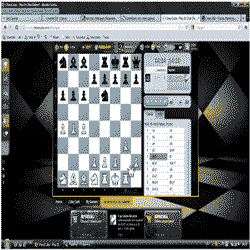
Play 960 Chess
It gave rise to several variants of which Western Chess is only one. Usually the sign of a good game.
Robert J Fischer developed a very interesting variant called Chess960. Also called Fischer Random Chess, it is similar to Shuffle Chess.






